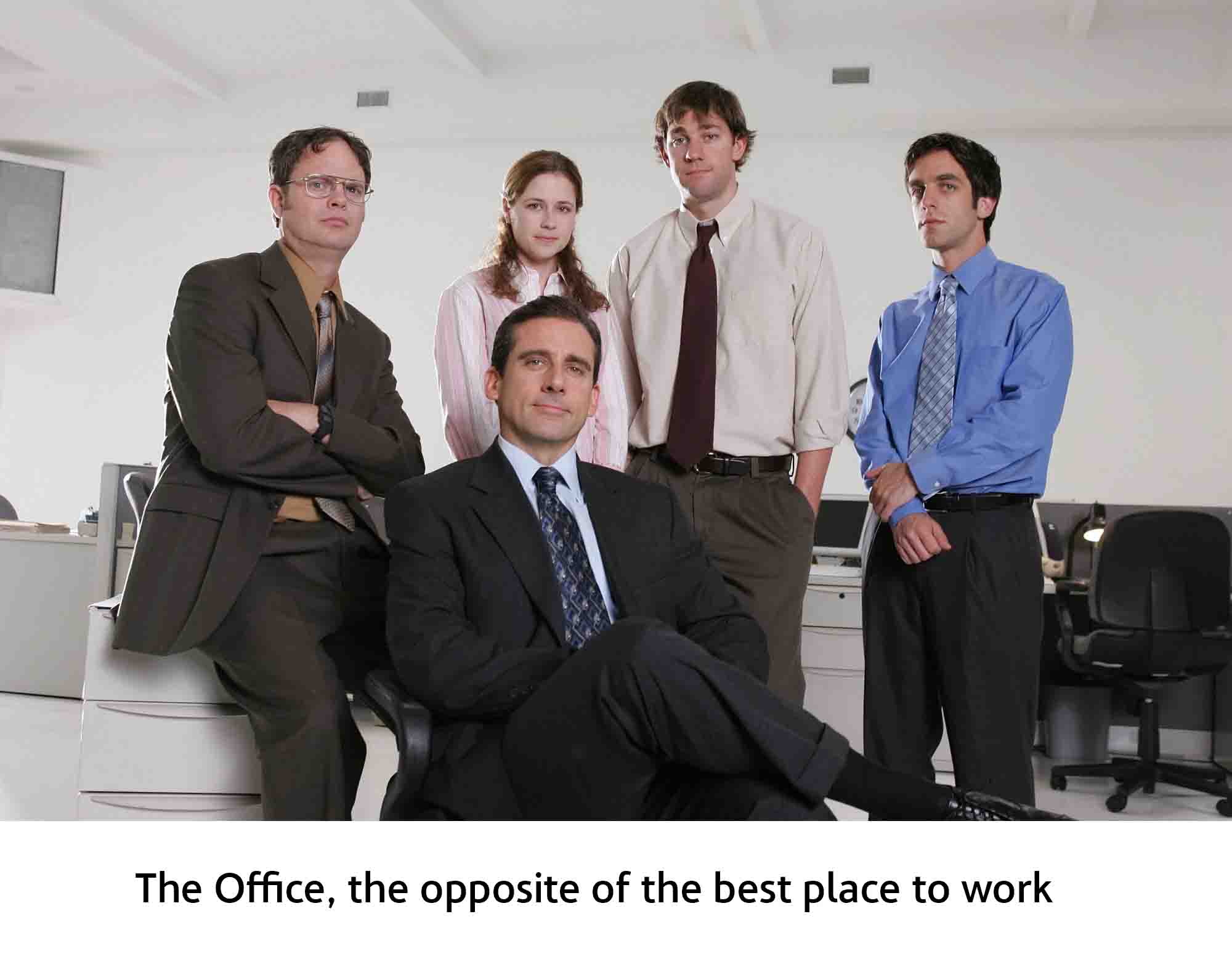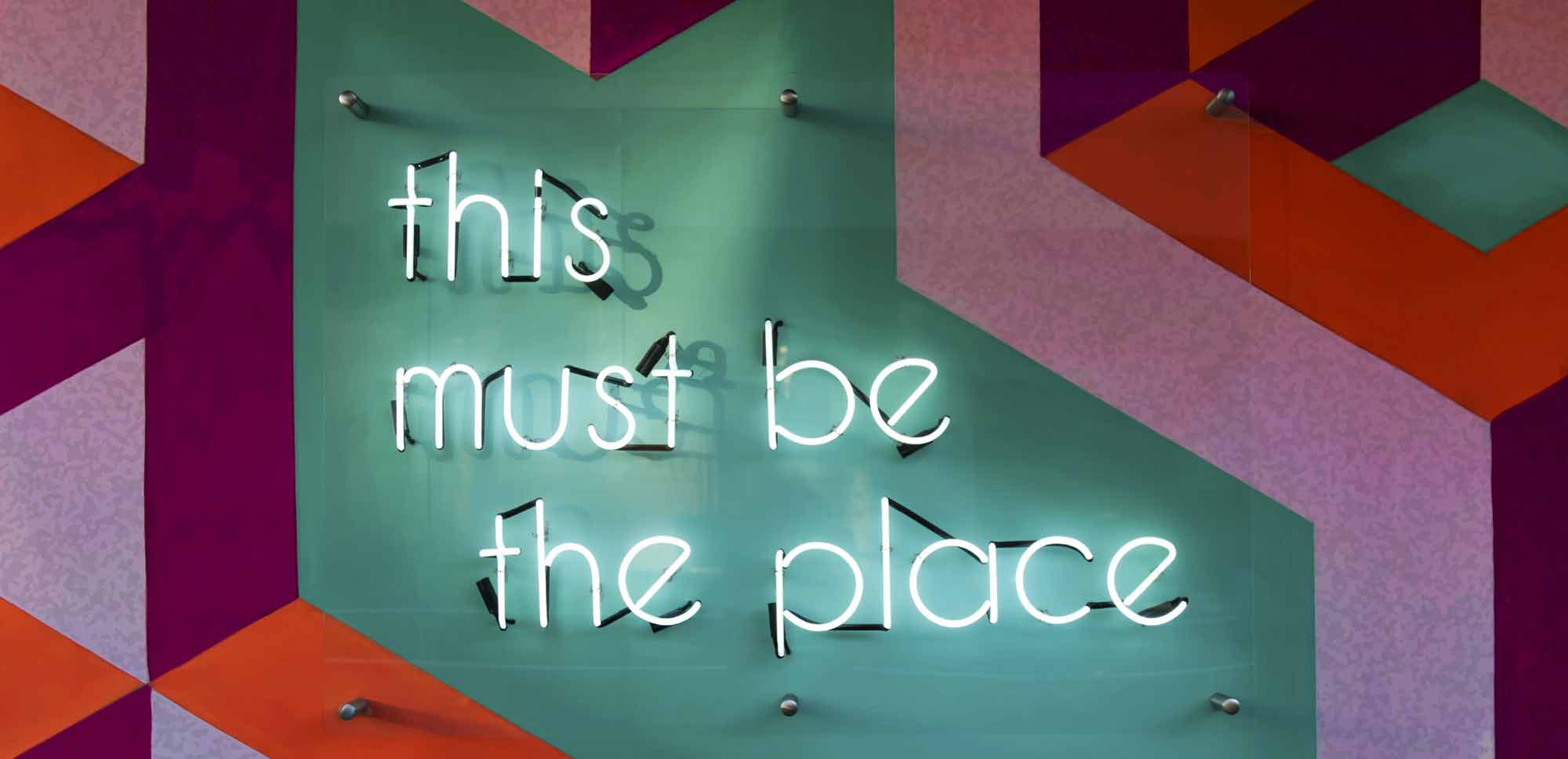Donald Draper is a successful publicist in the Big Apple. This creative director knows that the product or service he has to sell is at the heart of a company’s image. The bad news is that this was the 1960s, we’re talking about a fictional plot (you’ve probably heard of Mad Men) and Sterling Cooper & Partners is not an example of the best companies to work for.
Travelling forward to the 80s/90s changes the picture. The focus is on the external client. Our identity is the image they have in their mind. In a late 20th century context, this made perfect sense. In the 2020s, where work-life balance rules, it is not enough to rely on third party opinions.
The new brand image is built from the inside out. Now it is the employees who speak, the first ones who can change the rules of organisational culture, on which talent attraction and retention depend. What do professionals value when it comes to forming an image of a company?
Being environmentally aware is not the only way to be sustainable (though it helps)
Sustainability, as explained in this article from activesustainability.com, is the promotion of social development, equitable economic growth and a protected environment that allows us to act in the present without compromising the future. What role do companies play in all this?
Companies that really care about promoting sustainable development do so both externally and internally. It is highly valued by employees that actions to improve society and the environment are taken in the workplace, but the satisfaction of internal talent must also be taken into account. Responding to staff needs is another way to make a company sustainable.
The best companies to work for have true leaders
Identification with the leader, trust in him or her and feedback on the work of professionals is another aspect to value in a company. You probably know the difference between a boss and a leader, but do you know the difference between a leader and a good leader?

A good leader is charismatic and empathetic, knows (and is willing) to put himself in the place of his employees, to be aware of their needs. He is a motivator, because he is in charge of promoting the professional career of his team, knowing their goals. And he is human, because he considers himself as one of the group, sharing decisions, failures and success.
We are asking for a flexible organisational culture
Before employees, they are people. A maxim that at first glance seems simple, but which requires an ethical effort on the part of organisations. The time when we were parts of an assembly line is over, and a healthy annual balance sheet implies healthy employees.
Occupational health has many aspects, but a major one is how work is complemented by everything outside of it. Support programmes of various kinds, flexible working hours, encouragement of sport and group activities, counselling and planning… all feasible options for one cause, the personal needs of each employee.
Mutual commitment towards growth
Another aspect of professional health is employee growth within the organisation. A quid pro quo between the professional and his or her supervisors. The employer must know how to enrich his employees, or rather their skills, by offering specialised training, internal promotion possibilities or mentoring of other professionals.
Of course, the employee has to respond with results, but it has been proven that by satisfying self-fulfilment and the recognition of others, people are more efficient. They like to be taken seriously, to be listened to and to be given the opportunity to excel.
Global and local diversity within the best companies to work for
Diversity and inclusion in the workplace achieve amazing results for a company and for society. Beyond demographic and cultural characteristics, diversity should be seen as a dual opportunity.
On the one hand, in order to have real company policies, reflecting the firm’s vocation to pursue social inclusion (yes, this is also sustainability). On the other hand, by promoting synergies within work groups. If everyone has the same knowledge, skills or ideas, it doesn’t add up, but a truly diverse team does multiply.
A real case of good practices
As a company expert in designing a better planet, ACCIONA has received this month the recognition as Top Employer, a certificate that is issued to companies that have become the best companies to work for.
Top Employers measures six factors to decide whether to award the certificate or not, and these factors coincide to a great extent with those described in the article: sustainability, leadership, training… It has already certified more than 1,600 companies in 120 countries on five continents.
We already know that employees have a voice
And it’s time to listen to it. Companies most concerned with attracting and retaining talent have already realised the importance of their employees’ opinions. Now they need to take good notice and act accordingly.
Sources: Stringcaninteractive, HBR


